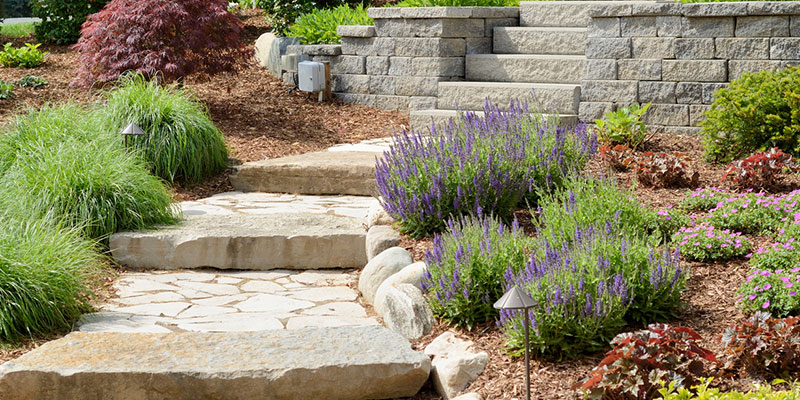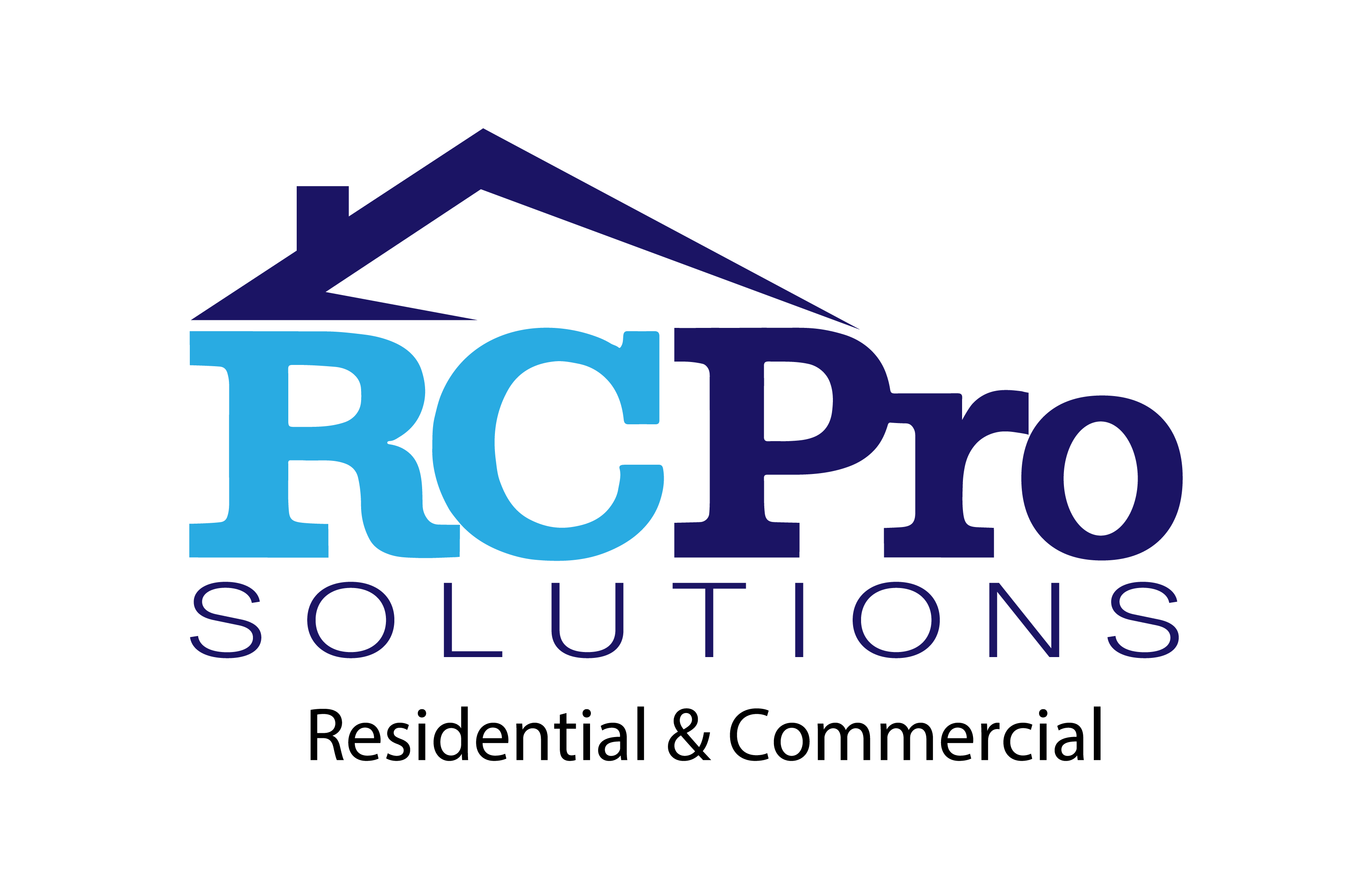Here at RC Pro Solutions, we have extensive experience in landscape design, and we offer a range of landscaping services to help you take your yard to the next level. One of the many parts of landscape design that we can help you with is hardscaping, and in this article, we will provide an overview of what this term means and how to incorporate hardscaping elements into your landscape.

What is Hardscaping?
The term hardscaping refers to any elements of landscape design that are made of non-living materials such as stone, concrete, or bricks. Some examples of hardscaping include retaining walls, pathways, patios, and even stone fire pits.
Practical Benefits of Hardscaping
Most landscape designers include at least one hardscaping element in their designs, as these types of structures provide significant practical benefits. For example, patios give you somewhere to sit and spend time with your guests, pathways make it easier to get around your landscape during wet or muddy conditions that make the ground treacherous, and retaining walls prevent any slopes in your landscape from crumbling downhill.
Aesthetic Benefits of Hardscaping
In addition to providing practical benefits, hardscaping elements will also elevate the overall look of your landscape. The best landscape designs make good use of contrast, and adding a pathway, retaining wall, or patio is an excellent way to introduce some contrast between the soft, natural shapes of the plants and the hard, engineered look of the hardscape.
If you want to know more about hardscaping, simply give our team a call to consult our experts.
